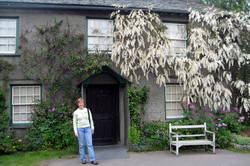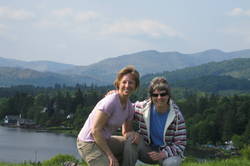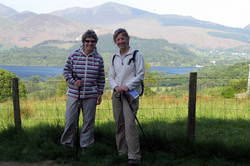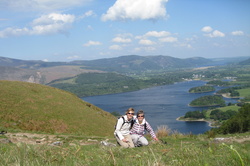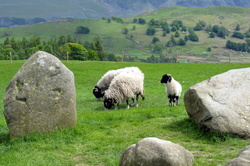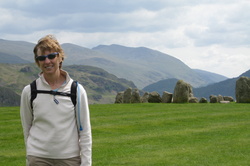The Lake District- May 2008
Carlyn and Cari's Web Page
Carlyn and Cari's Guest book
Venice in November
Spain with Lin and Monica
The Louvre and Monet's House and Garden, September 2009
Disneyland Paris- The end to my month long 50th birthday celebration
London Skyride- September 20, 2009
ARRAY(0xa5757f4)
Switzerland- July 2009
Carlyn's Birthweek 2009- Fun, Food and Henry VIII
Sailing Trip on the Solent of the English Channel, June 2009
Istanbul, Turkey- May 2009
Aberdeen with Jacky and Steve
The Loire Valley with Mom and Sheri
Budapest, April 2009
The German Christmas Markets with Joyce, December 2008
The Lord Mayor Show, November 8, 2008
Madrid and Andalucia, October 2008
Krakow, Poland- September 2008
Cari's Birthweek- Germany
Dinner at Muspatts Farm celebrating Carlyn's
Italy, June 2008
The Lake District- May 2008
York- May Day Holiday Weekend 2008
Cornwall and Wales- Page 1
Cornwall and Wales- Page 2
Hever Castle
Blemhein Palace
Hastings and Battle- 1066 Country
Brighton
German Christmas Market
Fall in Provence
Paris in a Day
Visitors at Parliament Square
Amsterdam and Kuekenhof
The South West "Jurassic" Coast
Cambridge
Christmas and Canterbury
Normandy
Austria
Prague, Czech Republic
Belgium break
ARRAY(0xa5757f4)
Blog
May 23, Bank Holiday weekend for us we traveled to the
We hiked/shopped/saw sights/ate. It was a great holiday and we had amazing weather in a region that’s known for its unpredictable weather. Carlyn is sore from the hiking but loved the experience.

